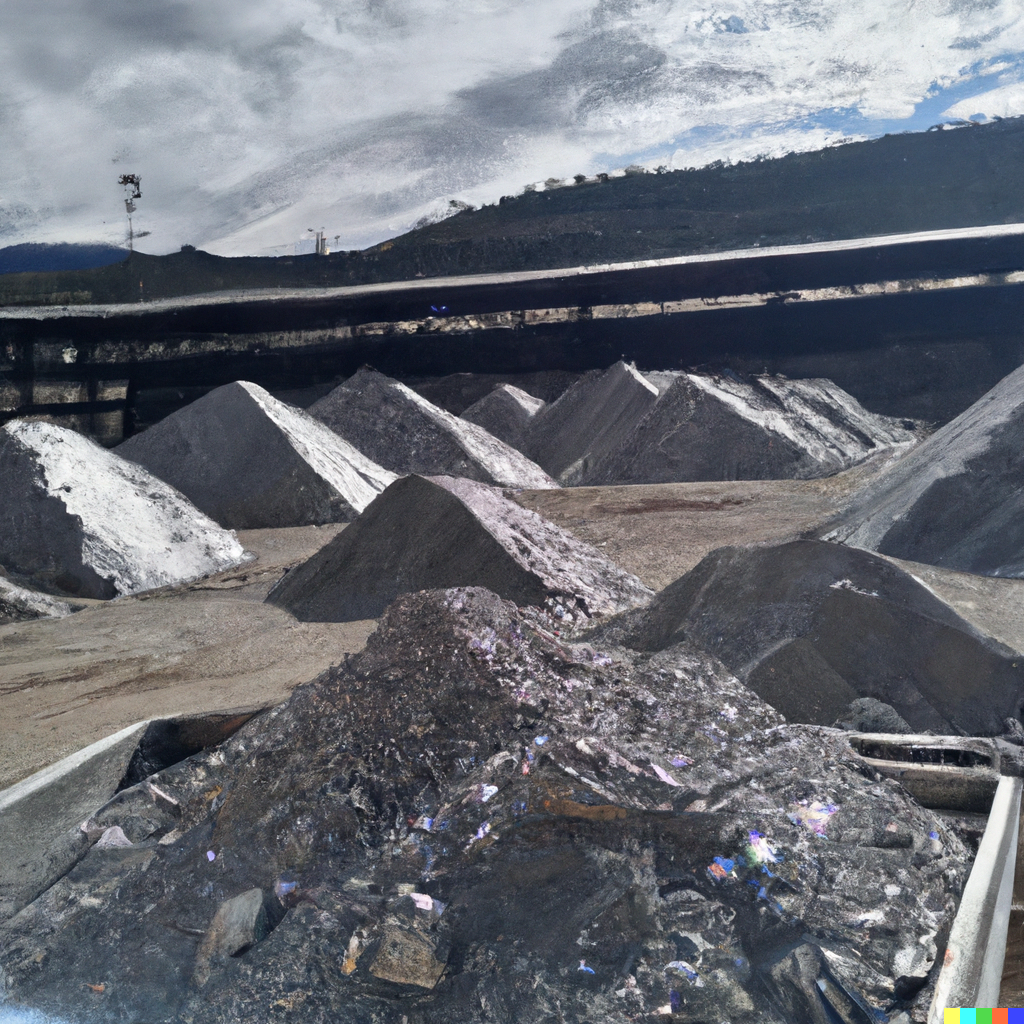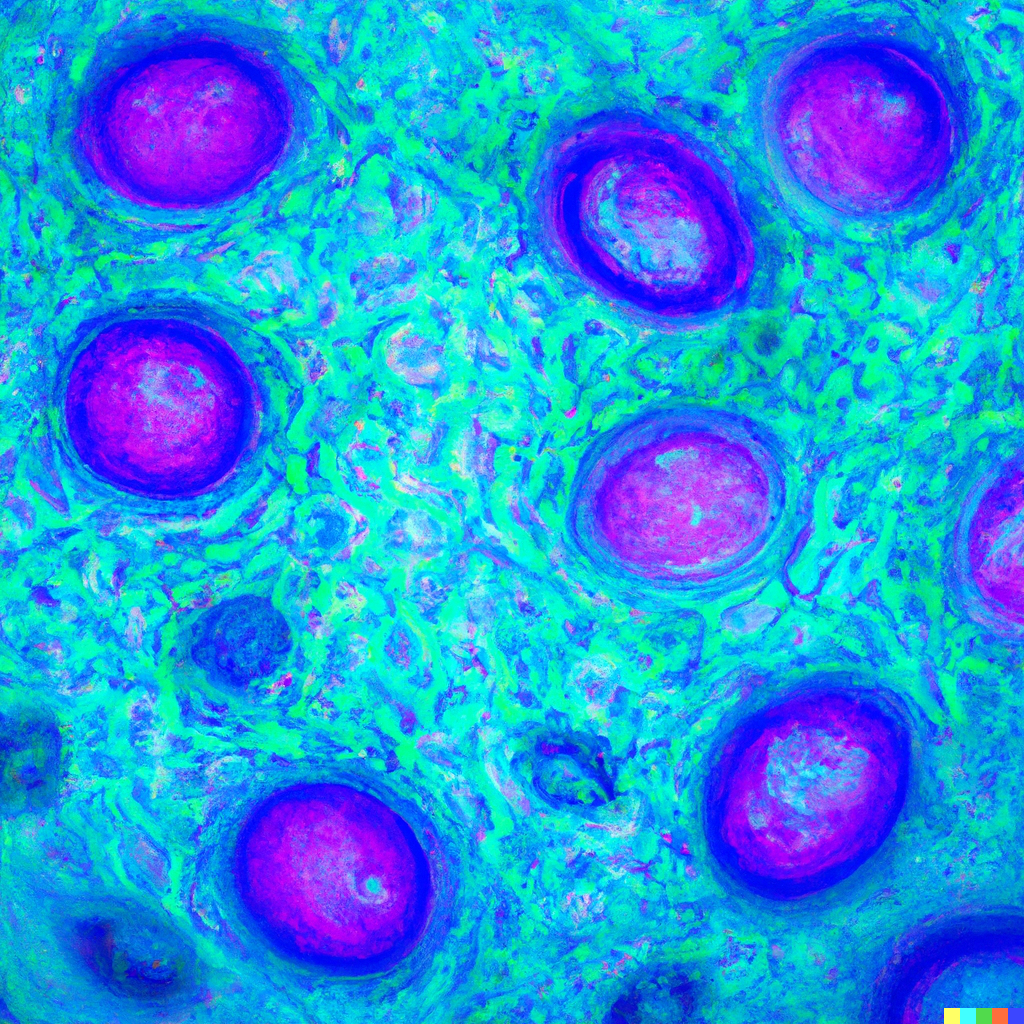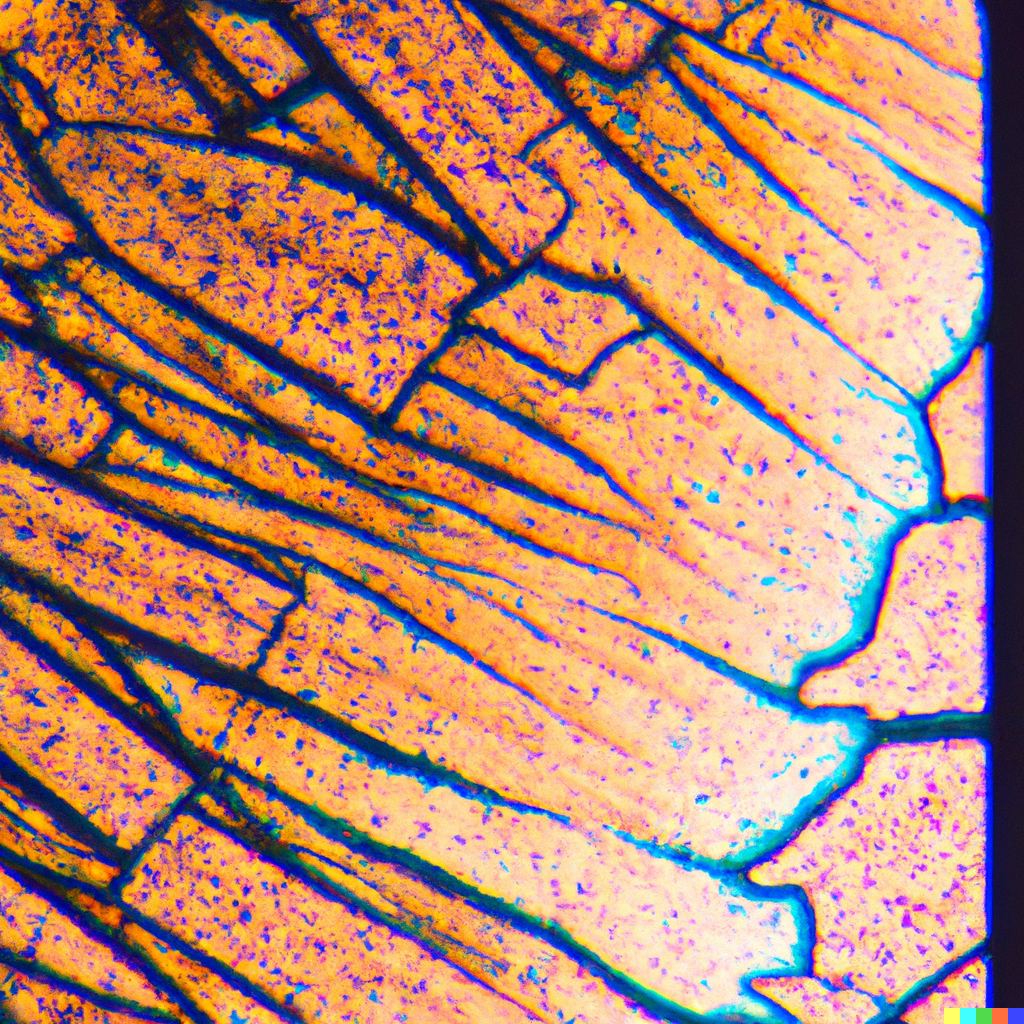Mechanical engineering is a broad field that encompasses many different specializations. Some of the most common mechanical engineering specializations include:
- Aerospace engineering: This specialization focuses on designing and developing spacecraft, aircraft, and related systems.
- Robotics: Robotics engineers design and develop robots for a wide range of applications, from manufacturing and assembly to exploration and space missions.
- Automotive engineering: This specialization focuses on designing and developing vehicles and their components, including engines, transmissions, and suspension systems.
- Manufacturing engineering: This specialization involves designing and optimizing manufacturing processes to produce high-quality products at a low cost.
- Materials engineering: Materials engineers design and develop new materials, as well as test and analyze existing materials for use in various applications.
- Mechatronics: Mechatronics is the integration of mechanical, electrical, and software engineering to create intelligent systems.
- Energy systems engineering: This specialization focuses on developing efficient and sustainable energy systems, including renewable energy sources such as wind and solar power.
- Biomechanics: Biomechanical engineers apply mechanical engineering principles to the study of biological systems, including the human body and its movements.
- HVAC engineering: HVAC engineers design and develop heating, ventilation, and air conditioning systems for buildings and other structures.
- Acoustical engineering: Acoustical engineers focus on designing and developing sound systems, noise control solutions, and other products that involve sound and vibrations.

Aerospace engineering is a vast field that covers the design, development, testing, and production of aircraft and spacecraft. Within this broad field, there are many specializations that engineers can focus on. Some of the major specializations in aerospace engineering include:
- Aerodynamics: This specialization deals with the study of how air flows around an aircraft or spacecraft and how it affects the performance of the vehicle. Engineers in this field design and optimize the shape of aircraft and spacecraft to maximize their efficiency and performance.
- Propulsion: Propulsion engineers design and develop the engines that power aircraft and spacecraft. They work on developing new types of engines, improving fuel efficiency, and reducing emissions.
- Avionics: Avionics engineers design and develop the electronic systems that control and monitor aircraft and spacecraft. They work on systems such as flight control, communication, navigation, and monitoring.
- Structural engineering: Structural engineers design and analyze the structures that make up aircraft and spacecraft. They ensure that these structures are strong enough to withstand the stresses of flight and space travel.
- Materials engineering: Materials engineers focus on developing and testing new materials that can be used in aircraft and spacecraft. They work on materials that are lightweight, strong, and able to withstand extreme temperatures and pressures.
- Flight testing: Flight testing engineers are responsible for designing and conducting tests on aircraft and spacecraft to evaluate their performance and safety.
- Control systems: Control systems engineers design and develop the software and hardware that control the movement and behavior of aircraft and spacecraft.
- Spacecraft design: Spacecraft design engineers focus on designing and developing spacecraft for various missions, such as scientific exploration or satellite deployment.
These are just a few examples of the specializations in aerospace engineering. As the field continues to evolve, there may be new specializations that emerge as well.

Robotics is a rapidly evolving field that encompasses a wide range of applications, from industrial automation to space exploration. As such, there are many specializations within robotics that engineers can focus on. Here are some examples of specializations in robotics:
- Control Systems: Control systems engineers focus on the design and development of software and hardware that enable robots to perform tasks autonomously or under the supervision of human operators. They work on algorithms and systems that allow robots to perceive their environment and make decisions based on that perception.
- Perception: Perception engineers focus on the development of sensors and algorithms that allow robots to perceive their environment. This includes the development of computer vision systems that enable robots to see and interpret visual information, as well as other sensing modalities such as lidar, radar, and sonar.
- Manipulation: Manipulation engineers focus on the design and development of robotic arms, grippers, and other end-effectors that enable robots to manipulate objects with precision and dexterity. They work on developing algorithms and control systems that enable robots to grasp and manipulate objects in a variety of contexts.
- Mobility: Mobility engineers focus on the design and development of robotic platforms that can move autonomously or be controlled remotely. This includes wheeled robots, legged robots, and flying robots such as drones.
- Human-Robot Interaction: Human-robot interaction engineers focus on the design and development of interfaces and systems that enable humans to interact with robots. This includes the development of speech recognition and natural language processing systems, as well as haptic interfaces that enable humans to touch and feel virtual objects.
- Bio-inspired Robotics: Bio-inspired robotics engineers draw inspiration from nature to develop robots that mimic the movements and behavior of animals. This includes the development of robots that can walk on two or four legs, swim like fish, or fly like birds.
- Medical Robotics: Medical robotics engineers focus on the design and development of robots that can assist with medical procedures, such as surgery or rehabilitation. They work on developing robots that are safe and effective for use in medical contexts.
These are just a few examples of the many specializations in robotics. As the field continues to evolve, new specializations are likely to emerge as well.

Automotive engineering is a field that involves the design, development, and production of automobiles and their components. It is a vast field with many different specializations. Here are some examples of specializations in automotive engineering:
- Powertrain Engineering: Powertrain engineers are responsible for designing and developing the components that power vehicles, including engines, transmissions, and drivetrains. They work on developing new technologies that improve the efficiency and performance of these components.
- Vehicle Dynamics: Vehicle dynamics engineers focus on the performance and handling of vehicles. They work on developing suspension, steering, and braking systems that improve vehicle stability and handling.
- Automotive Electronics: Automotive electronics engineers are responsible for the design and development of the electrical and electronic systems that control various functions in a vehicle, including engine management, safety systems, and entertainment systems.
- Body and Chassis Engineering: Body and chassis engineers are responsible for the design and development of the vehicle’s structure and body components. They work on developing materials and structures that provide strength and safety while minimizing weight.
- Manufacturing Engineering: Manufacturing engineers focus on the production and assembly of vehicles. They work on developing efficient and cost-effective manufacturing processes that meet quality and safety standards.
- Vehicle Safety: Vehicle safety engineers are responsible for designing and testing safety systems in vehicles, such as airbags, seat belts, and crumple zones.
- Environmental Engineering: Environmental engineers in the automotive industry work on developing and implementing technologies that reduce the environmental impact of vehicles, such as emissions reduction technologies and hybrid and electric vehicle systems.
These are just a few examples of the many specializations in automotive engineering. As the field continues to evolve, new specializations are likely to emerge as well.

Manufacturing engineering is a field that involves the design, development, and optimization of manufacturing processes and systems. It encompasses a wide range of industries and applications, from aerospace to medical devices to consumer products. Here are some examples of specializations in manufacturing engineering:
- Automation Engineering: Automation engineers focus on the design and implementation of automated manufacturing processes and systems. They work on developing robotic systems, programmable logic controllers (PLCs), and other automation technologies that improve the efficiency and productivity of manufacturing operations.
- Quality Engineering: Quality engineers focus on ensuring that products and processes meet quality standards. They work on developing and implementing quality control systems, statistical process control methods, and other techniques to monitor and improve the quality of manufacturing processes and products.
- Materials Engineering: Materials engineers are responsible for the selection and development of materials for manufacturing processes. They work on developing materials that have specific properties, such as strength, durability, and conductivity, and that are suitable for specific manufacturing processes.
- Process Engineering: Process engineers are responsible for the design, optimization, and troubleshooting of manufacturing processes. They work on developing efficient and effective methods for manufacturing products, from raw material processing to finished product assembly.
- Lean Manufacturing: Lean manufacturing engineers focus on the development and implementation of lean manufacturing principles and techniques, such as just-in-time manufacturing, continuous improvement, and waste reduction. They work on streamlining manufacturing processes to improve efficiency, reduce waste, and increase profitability.
- Manufacturing Systems Engineering: Manufacturing systems engineers focus on the design and optimization of manufacturing systems. They work on developing and implementing technologies that improve communication and collaboration between different departments, such as production, quality control, and supply chain management.
- Sustainability Engineering: Sustainability engineers in manufacturing work on developing and implementing sustainable manufacturing practices. They work on developing technologies and processes that reduce waste, conserve resources, and reduce the environmental impact of manufacturing operations.
These are just a few examples of the many specializations in manufacturing engineering. As the field continues to evolve, new specializations are likely to emerge as well.

Materials engineering is a field that involves the development, characterization, processing, and application of materials. It is a broad field with many different specializations. Here are some examples of specializations in materials engineering:
- Metallurgy: Metallurgical engineers focus on the properties and behavior of metals and alloys. They work on developing new alloys, optimizing the properties of existing alloys, and improving manufacturing processes for metallic materials.
- Polymer Science: Polymer scientists focus on the properties and behavior of polymers, including plastics, rubber, and other materials. They work on developing new polymers and improving the properties of existing polymers, as well as developing processing methods for polymer materials.
- Ceramics Engineering: Ceramics engineers focus on the properties and behavior of ceramics and other inorganic materials. They work on developing new ceramics, optimizing the properties of existing ceramics, and improving manufacturing processes for ceramic materials.
- Electronic Materials: Electronic materials engineers focus on the development and characterization of materials for electronic applications. They work on developing and optimizing materials for semiconductor devices, solar cells, and other electronic applications.
- Nanomaterials: Nanomaterials engineers focus on the development and characterization of materials at the nanoscale, typically less than 100 nanometers in size. They work on developing new materials with unique properties, as well as improving the manufacturing and processing of nanomaterials.
- Biomaterials: Biomaterials engineers focus on the development and characterization of materials for medical and biological applications. They work on developing materials for implantable medical devices, tissue engineering, and drug delivery, as well as improving the biocompatibility and performance of existing biomaterials.
- Materials Characterization: Materials characterization engineers focus on the characterization of materials using various techniques, such as microscopy, spectroscopy, and mechanical testing. They work on developing and optimizing characterization techniques to better understand the properties and behavior of materials.
These are just a few examples of the many specializations in materials engineering. As the field continues to evolve, new specializations are likely to emerge as well.
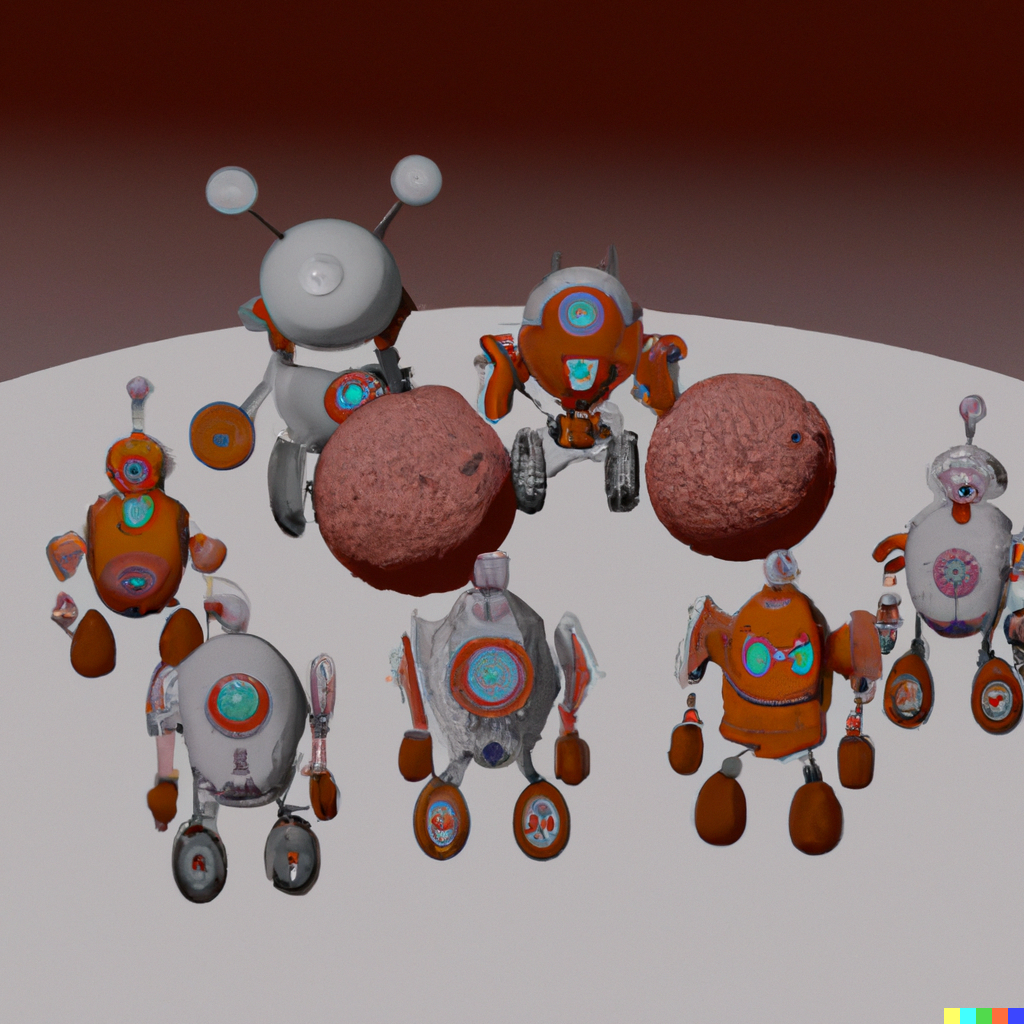
Mechatronics is an interdisciplinary field that involves the integration of mechanical, electrical, and computer engineering to design and develop advanced systems and products. Here are some examples of specializations in mechatronics:
- Robotics: Robotics engineers in mechatronics design and develop robots and other automated systems that are capable of performing tasks autonomously or with human supervision. They work on the design and development of hardware and software systems that enable robots to perceive and interact with their environment.
- Control Systems: Control systems engineers in mechatronics focus on developing algorithms and control systems that enable mechanical systems to perform precise and controlled movements. They work on the design and development of sensors, actuators, and control systems that can be used in a variety of applications, from manufacturing to aerospace.
- Embedded Systems: Embedded systems engineers in mechatronics focus on developing software and hardware systems that are embedded in mechanical systems. They work on the design and development of microcontrollers, sensors, and other embedded systems that can be used in a variety of applications, such as medical devices and automotive systems.
- Automotive Mechatronics: Automotive mechatronics engineers focus on the design and development of advanced electronic systems and components for vehicles, such as advanced driver assistance systems (ADAS) and hybrid or electric powertrains. They work on the integration of electronic systems and mechanical systems in vehicles, as well as the development of software for controlling these systems.
- Aerospace Mechatronics: Aerospace mechatronics engineers focus on the design and development of advanced systems and components for aerospace applications, such as aircraft avionics, guidance systems, and unmanned aerial vehicles (UAVs). They work on the integration of mechanical, electrical, and computer systems in aerospace applications.
- Medical Mechatronics: Medical mechatronics engineers focus on the design and development of medical devices and systems that combine mechanical, electrical, and computer technologies. They work on the development of advanced medical imaging systems, robotic surgical systems, and other medical devices that require advanced mechanical and electronic systems.
These are just a few examples of the many specializations in mechatronics. As the field continues to evolve, new specializations are likely to emerge as well.
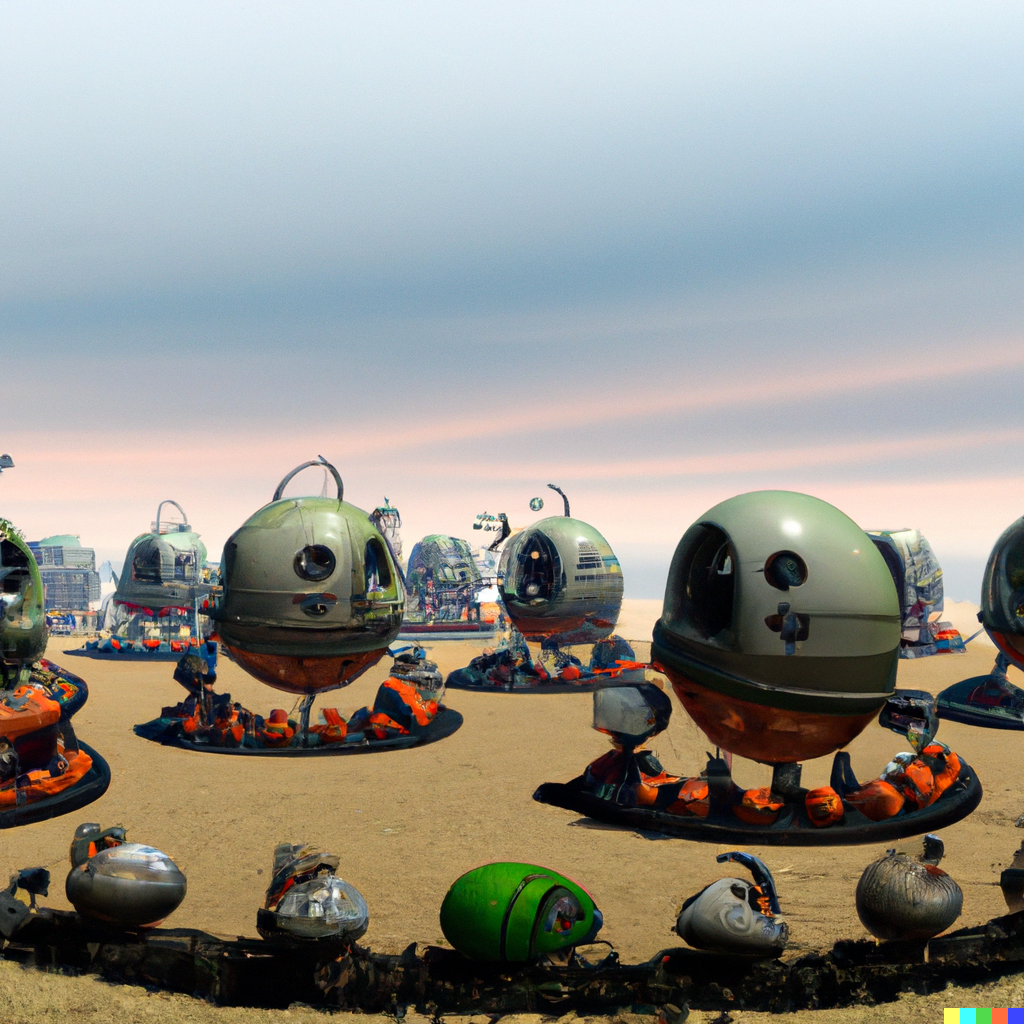
Energy systems engineering is a field that involves the study and application of energy sources, conversion, storage, and transmission. It is a broad field with many different specializations. Here are some examples of specializations in energy systems engineering:
- Renewable Energy: Renewable energy engineers focus on the development and implementation of renewable energy technologies, such as solar, wind, hydro, and geothermal energy. They work on designing and optimizing energy systems that rely on these technologies.
- Power Generation and Distribution: Power generation and distribution engineers focus on the design and development of power generation systems, including conventional power plants and renewable energy sources. They also work on the design and optimization of power distribution systems, including smart grid technologies.
- Energy Storage: Energy storage engineers focus on the development and optimization of energy storage technologies, such as batteries, fuel cells, and thermal storage. They work on designing and developing energy storage systems that can improve the efficiency and reliability of energy systems.
- Energy Efficiency: Energy efficiency engineers focus on the design and optimization of energy-efficient systems and buildings. They work on developing and implementing technologies and systems that reduce energy consumption and improve the overall efficiency of energy systems.
- Nuclear Energy: Nuclear energy engineers focus on the design and development of nuclear power plants and related technologies. They work on the development of safe and efficient nuclear power systems, including nuclear fusion and fission technologies.
- Energy Policy and Economics: Energy policy and economics engineers focus on the analysis of energy markets, regulations, and policies. They work on developing and evaluating energy policies, and assessing the economic viability of different energy technologies and systems.
- Sustainable Energy: Sustainable energy engineers focus on the design and development of sustainable energy systems that reduce environmental impact and preserve natural resources. They work on developing and implementing technologies and systems that use renewable energy sources and reduce greenhouse gas emissions.
These are just a few examples of the many specializations in energy systems engineering. As the field continues to evolve, new specializations are likely to emerge as well.

Biomechanics is a field that combines principles of mechanics with the study of biological systems, including human and animal bodies. Here are some examples of specializations in biomechanics:
- Orthopedic Biomechanics: Orthopedic biomechanics engineers focus on the study of the musculoskeletal system and the development of medical devices and treatments for orthopedic injuries and disorders. They work on the design and optimization of implants, prosthetics, and other medical devices for the treatment of bone and joint injuries.
- Neuromuscular Biomechanics: Neuromuscular biomechanics engineers focus on the study of the interactions between the nervous system and the musculoskeletal system. They work on the design and development of technologies and treatments for the rehabilitation of neuromuscular disorders.
- Cardiovascular Biomechanics: Cardiovascular biomechanics engineers focus on the study of the heart and blood vessels, including the mechanics of blood flow and the development of cardiovascular disease. They work on the design and optimization of medical devices for the treatment of cardiovascular disorders.
- Sports Biomechanics: Sports biomechanics engineers focus on the study of human movement and performance in sports. They work on the analysis of athletic movements and the development of equipment and training programs to improve athletic performance.
- Biomaterials and Tissue Engineering: Biomaterials and tissue engineering engineers focus on the development of materials and techniques for the repair and regeneration of biological tissues. They work on the design and development of scaffolds, implants, and other technologies for tissue repair and replacement.
- Gait Analysis: Gait analysis engineers focus on the study of human locomotion and the development of technologies for gait analysis and rehabilitation. They work on the design and development of tools for the measurement and analysis of human movement patterns.
- Ergonomics: Ergonomics engineers focus on the design and optimization of products and work environments to improve human performance and reduce injury risk. They work on the design and development of products and systems that are optimized for human use and comfort.
These are just a few examples of the many specializations in biomechanics. As the field continues to evolve, new specializations are likely to emerge as well.

HVAC (heating, ventilation, and air conditioning) engineering is a field that involves the design, installation, and maintenance of systems that control the temperature, humidity, and air quality of buildings. Here are some examples of specializations in HVAC engineering:
- Heating Systems: Heating engineers focus on the design, development, and optimization of heating systems for buildings. They work on developing new heating technologies and improving the efficiency of existing heating systems.
- Ventilation Systems: Ventilation engineers focus on the design and optimization of ventilation systems for buildings. They work on developing systems that provide adequate air exchange while minimizing energy consumption.
- Air Conditioning Systems: Air conditioning engineers focus on the design, development, and optimization of air conditioning systems for buildings. They work on developing new air conditioning technologies and improving the efficiency of existing systems.
- Energy Management: Energy management engineers focus on the design and implementation of energy-efficient HVAC systems. They work on developing and implementing energy management strategies that reduce energy consumption and costs.
- Indoor Air Quality: Indoor air quality engineers focus on the development and implementation of systems and technologies that improve indoor air quality. They work on developing technologies that remove pollutants from the air, such as air filters and air purifiers.
- Building Automation Systems: Building automation engineers focus on the design and implementation of automated HVAC systems. They work on developing control systems and algorithms that optimize the performance of HVAC systems based on building occupancy, weather conditions, and other factors.
- Refrigeration Systems: Refrigeration engineers focus on the design, development, and optimization of refrigeration systems for buildings. They work on developing new refrigeration technologies and improving the efficiency of existing systems.
These are just a few examples of the many specializations in HVAC engineering. As the field continues to evolve, new specializations are likely to emerge as well.

Acoustical engineering is a field that involves the study and application of sound and vibration in various applications, from architectural design to automotive engineering. Here are some examples of specializations in acoustical engineering:
- Architectural Acoustics: Architectural acoustics engineers focus on the design and optimization of acoustical properties of buildings, including room acoustics, sound isolation, and mechanical system noise control. They work on developing designs and technologies that enhance the acoustic quality of buildings for music, speech, and other applications.
- Noise Control Engineering: Noise control engineers focus on the reduction of noise and vibration in various applications, including transportation, industrial, and consumer products. They work on the development and implementation of technologies and systems that reduce noise and vibration levels to meet regulatory requirements and improve comfort.
- Audio Engineering: Audio engineers focus on the design and development of audio systems for various applications, including music production, sound reinforcement, and broadcasting. They work on developing new technologies and systems for capturing, processing, and reproducing sound.
- Vibration Engineering: Vibration engineers focus on the study of mechanical vibrations and their effects on structures and systems. They work on developing technologies and systems that reduce vibration levels in various applications, including aerospace, automotive, and industrial equipment.
- Ultrasound Engineering: Ultrasound engineers focus on the development and application of ultrasound technologies in various applications, including medical imaging, industrial inspection, and materials science. They work on developing new ultrasound technologies and improving the performance and accuracy of existing systems.
- Psychoacoustics: Psychoacoustics engineers focus on the study of human perception of sound and its effects on behavior and emotions. They work on developing technologies and systems that optimize the acoustic environment to improve human comfort, productivity, and well-being.
- Environmental Acoustics: Environmental acoustics engineers focus on the study of the impact of sound and vibration on the environment and wildlife. They work on developing technologies and systems that reduce noise and vibration levels in natural habitats, transportation, and other applications.
These are just a few examples of the many specializations in acoustical engineering. As the field continues to evolve, new specializations are likely to emerge as well.

















